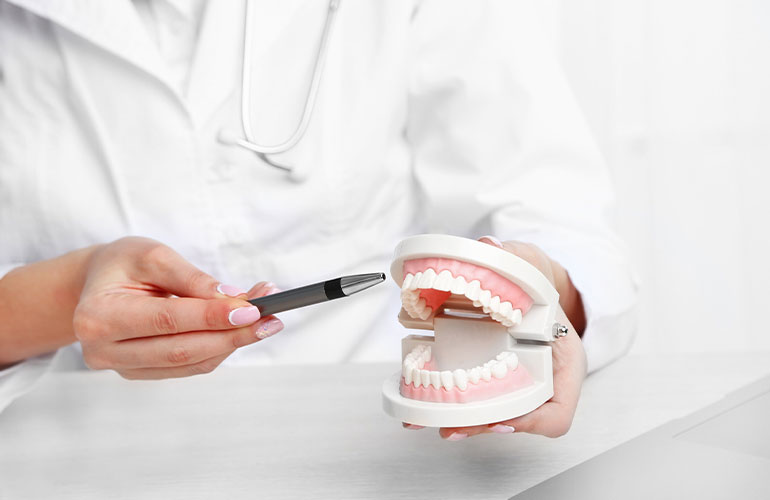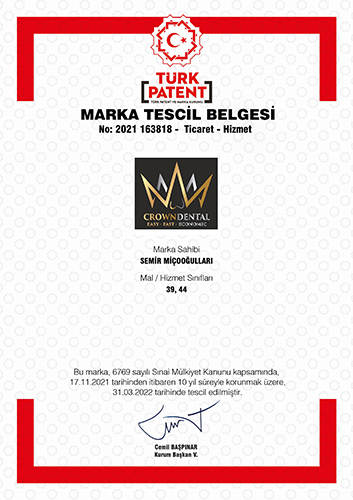Gum treatment is applied in inflammatory diseases that occur in the tissues surrounding the tooth. Gum diseases concern not only the mouth and teeth, but also general health.
If these problems are not corrected in time, they progress and may result in tooth loss. In addition, bacteria and microbes on the gums can pass through the food to the digestive system and cause various problems.
Prevention of gum diseases is possible with the right and regular oral care routine. On the other hand, it is very important not to disrupt the necessary controls and to have the examinations on time.
What are Gum Diseases?
The structures surrounding and supporting the teeth are called ‘gums’. The disorders observed in these tissues are called gum disease ( periodontal disease).
Gums form the infrastructure of the mouth and teeth. Healthy gums are pink in color. These are firmly attached to the teeth.
Sometimes, although there is no caries in the teeth, infection can be seen in the tissues covering the teeth. If not intervened early, the tooth starts to loosen first, and it can be completely lost in the next process.
The most common gum diseases are:
- Periodontitis (Chronic periodontitis , Aggressive periodontitis etc.)
- Gum abscess and periodontal abscesses
- Periodontal disorders that cause necrosis
- Gingivitis
What Causes Gum Diseases?
- microbial dental plaques are one of the primary causes of this. Uncleaned food residues and bacteria in saliva combine to form this layer. After a while microbial Teeth begin to be damaged due to dental plaque and gum disease develops.
- People with diabetes have a higher risk of developing gum disease.
- Factors such as alcohol and cigarette use and malnutrition pave the way for gum disease.
- Some antidepressants , oral contraceptives , blood pressure and heart medications, anticonvulsants can trigger gum disease.
- Diseases such as leukemia and AIDS, stress, vitamin and mineral deficiencies, obesity invite gum diseases.
- Gum tissue may also be affected due to hormonal fluctuations during pregnancy, menopause and puberty . These tissues, which are not sufficiently resistant to microorganisms, are more prone to get sick in these special processes.
- Incorrect brushing, overflowing fillings, incompatible crowns or bridges, grinding teeth while sleeping, and tartar are among the causes of periodontal diseases.
How Do Gum Diseases Show Symptoms?
The most important symptom is bleeding gums. Sometimes it starts during tooth brushing, sometimes it occurs on its own.
Abscess, swelling, itching, tenderness, pain, redness and similar complaints are among the symptoms of gingival diseases .
The color of an unhealthy gum is usually close to shades of purple or blue.
Bad odor and taste in the mouth, changes in mouth closure, gingival recession or enlargement, and inflammatory discharge are among the most common complaints.
How is Gum Treatment Performed?
The gingival treatment method depends on the severity of the disease and which area it affects:
- Dental calculus is removed using ultrasonic devices. Thus, existing plaques are removed.
- Then , the polishing process is applied. In this way, stains are eliminated and tooth surfaces are smoothed.
- In advanced cases, surgical treatment may be required. For example, the inner surfaces of gingival pockets and tooth root surfaces can be surgically cleaned.
- If there is gingival recession, connective tissue or free gingival graft operation is applied.
- Some of the other operations preferred for the treatment of gum diseases are; subgingival curettage , flap , gingivectomy and gingivoplasty .
- Preventive measures should be taken to prevent the disease from recurring after treatment, and routine controls should not be neglected.





